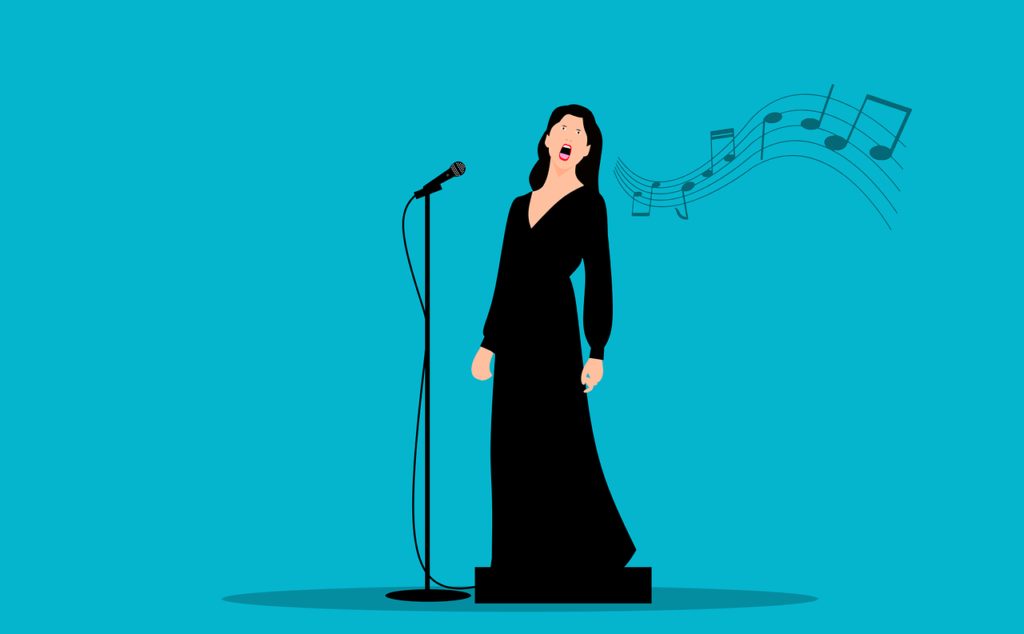Start with the scales, then sing the “Yankee Doodle” examples. When you sight sing with rhythmic syllables, make sure to pay attention to how the whole, half, and quarter notes look and sound.
Unlike “Merrily We Roll Along” and “Joy to the World”, the “Yankee Doodle” melody fragment contains melodic skips.
When you sing the examples, listen to the distance between notes as this will build a solid base for melodic intonation. (All the soundtracks are specifically selected to have the optimal tuning.) Tenors and basses should sing the examples down an octave.
The song tracks use synthetic voices rather than actual voices. Research has shown that this will help with the ability to identify and produce absolute pitch information. For more information, read Why Use a Synth Voice Instead of Real Voices.
When ready, try the shape note quiz. I have not provided a soundtrack for the quiz. Rather, try to imagine the sound of the solfege in your mind’s eye (or maybe mind’s ear?).
Review the Ab major scale before attempting the quiz, because this will establish the key before you sing.
At the end is a sing-along video of “Yankee Doodle” that I provided as a fun ending to the post.


